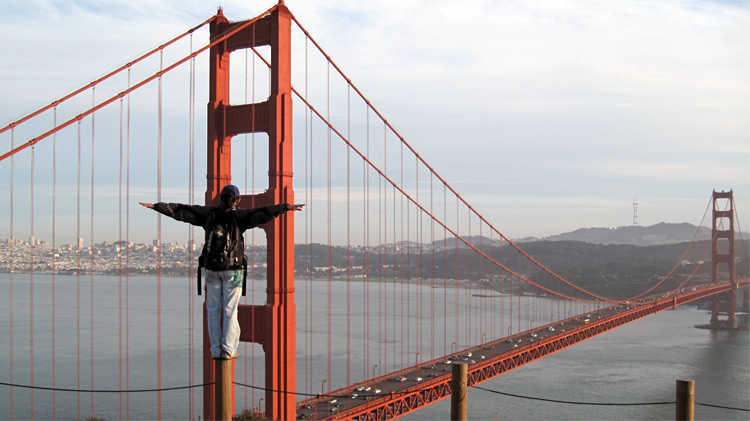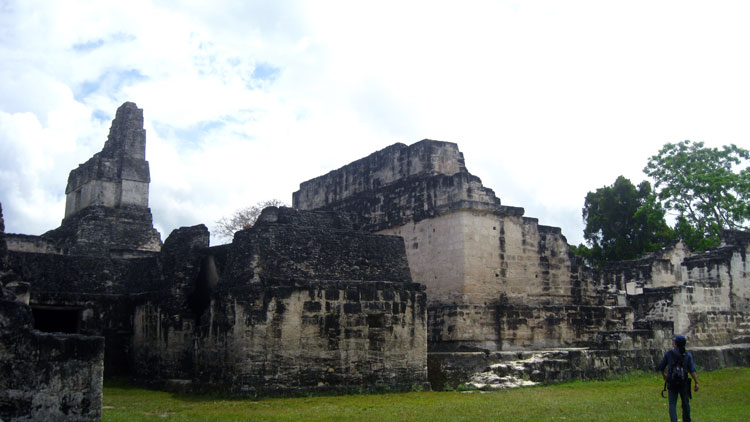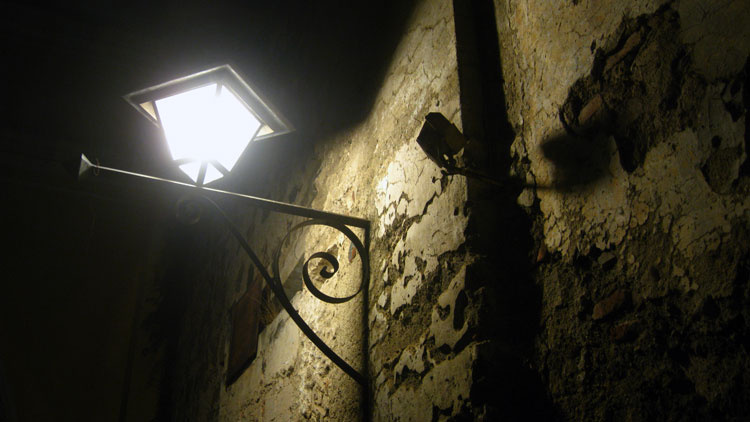Whatever the mysterious happenstances between the finite and the infinite that daily shape the course of lives may never be fully known. Some times the least expected and statistically most improbable can happen when we wonder the pathless woods that are seldom traveled. Such was the case yesterday while meandering through enchanted Muir Woods, home of the 2000 year old ancient redwoods that tower well in excess of 100 meters. As I wandered through the majestic woods following the lay of the hills, up from the opposite way emerged the familiar face of a friend with whom I had lost touch with to time. Not so odd, one might think, except that the last time I saw her was in these very same woods three years prior. Given the geographical distance it seemed most improbable. Given that chance had brought us back to a joyful encounter, I told her that we should ponder the meaning of this strange encounter.

We then exchange contact information and parted again. After a while further hiking through the misty forest, I remembered the moment three years past when she quoted, out of the blue I recited:
Out of this wood do not desire to go:
Thou shalt remain here, whether thou wilt or no.
I am a spirit of no common rate;
The summer still doth tend upon my state;
Indeed, for now such was the pacified mind of one content to wend the paths untrodden and untried. The delight of these too came to pass, and the failing light hastened us along. However, on the way back to San Francisco, on a whim, we veered up the northern outlook over the bay to enjoy the last view of sunset. In a word, sublime.


















